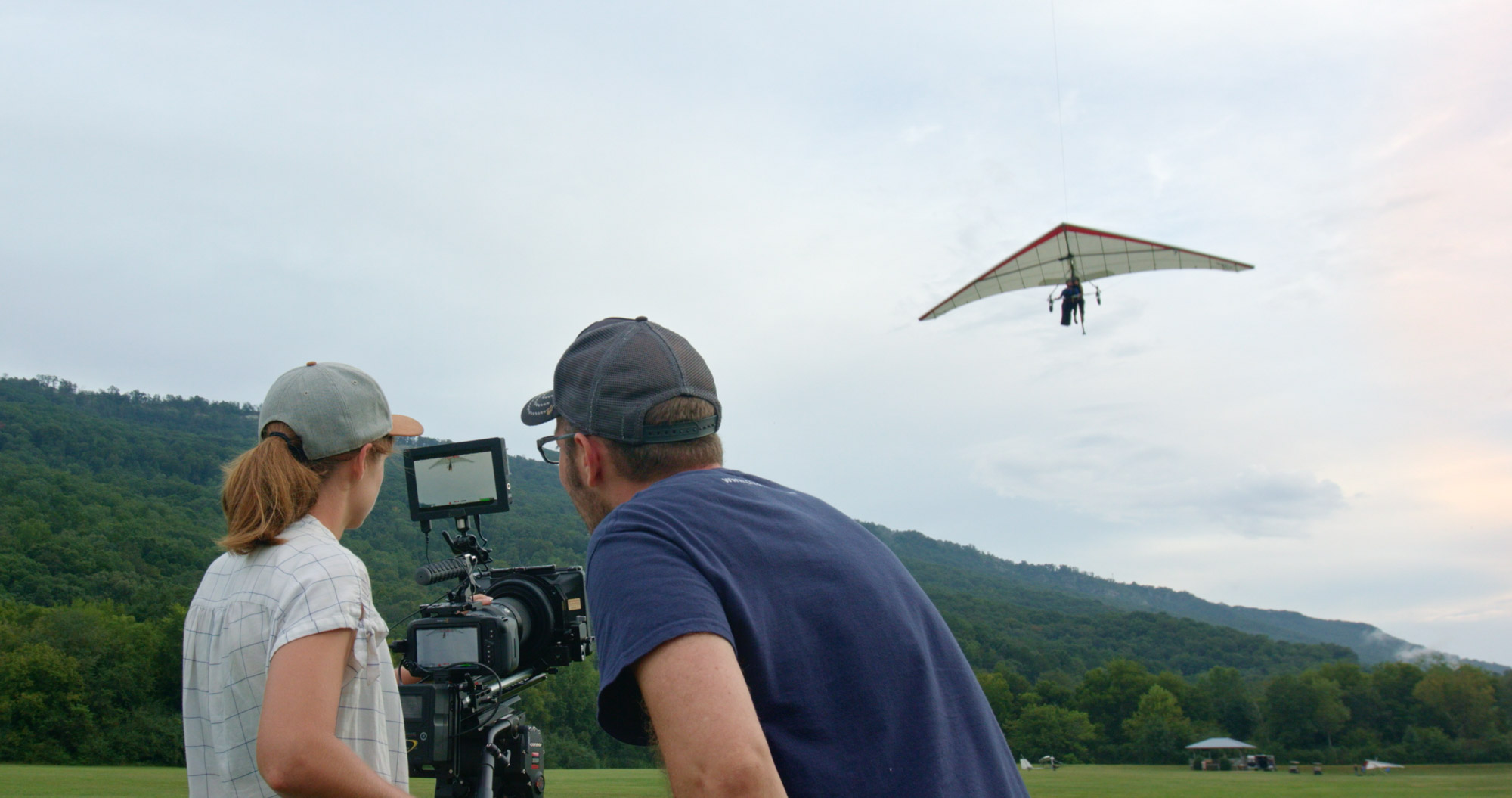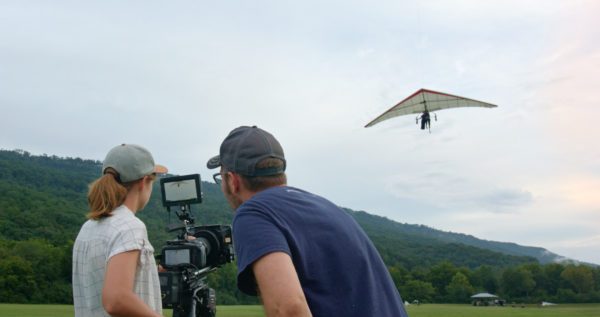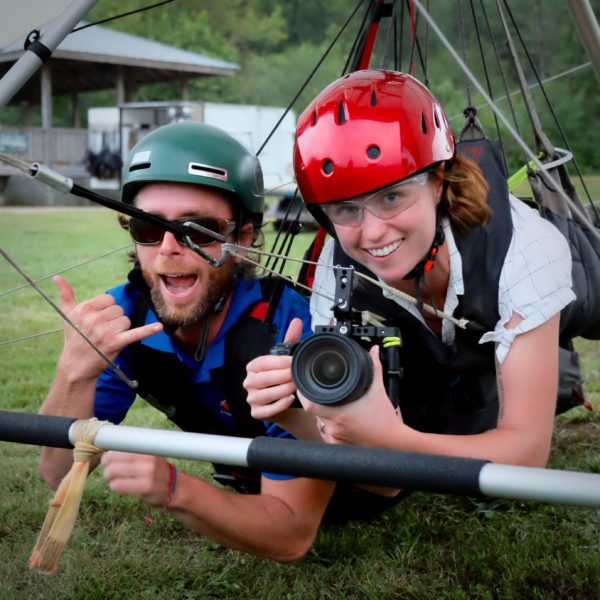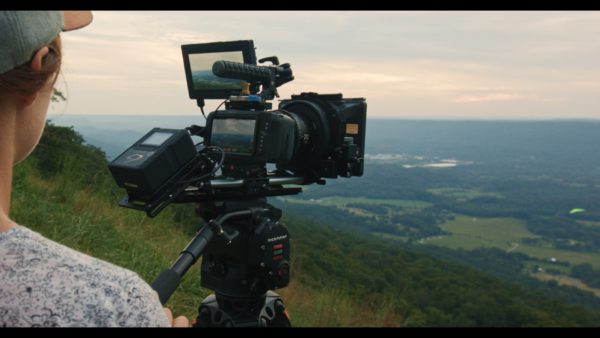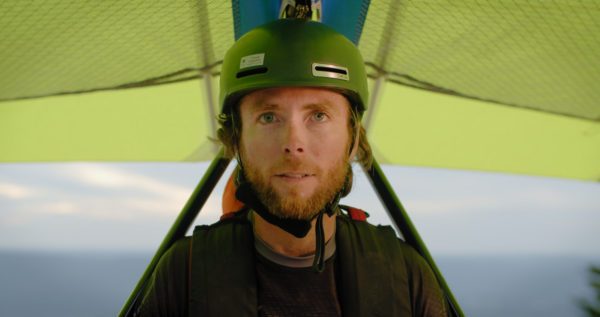Recently here at Yonder Blue Films, based near Atlanta, Georgia, we were fortunate to be asked by Blackmagic Design to be one of the first production companies to try out their new Pocket Cinema Camera 4K on a project. I started Yonder Blue Films over six and a half years ago, and during that time we have moved towards combining Blackmagic Design cameras with the Sigma lenses to meet the needs of our many clients and projects. We’ve worked on everything from fundraiser videos, to commercials, to tentpole feature films for major studios. Prior to starting Yonder Blue Films, the bulk of my 20+ year career was in television. And while we’ve used other camera and lens brands at times, the majority of our work is shot with the combination of Blackmagic Design and Sigma gear because we get consistent, high-quality results from gear that we can own. We do rent gear on occasion, and have some great rental houses here in Atlanta, but sometimes that isn’t an option when a client calls and needs to get started on a project right away.
We had a very compact schedule with the Pocket Camera 4K project and behind-the-scenes video. I wanted to not only show off the feature strengths of the camera but also its versatility, because I know that users of the camera will use it on a variety of projects with very different budget levels. We got fairly ambitious and decided to shoot a project based around hang gliding, at Lookout Mountain Hang Gliding in Northwest Georgia. This would allow us to show off the camera and use it in various setups that you can see in the behind-the-scenes video. With the help of some Wooden Camera accessories, we rigged it up and were ready to take on the sky!
To get inspired and generate some ideas, my DP and I watched a good amount of cinematic hang gliding videos, but they were all shot with tiny action sports cameras – not cinema cameras. So we were stepping into new territory with a camera of this nature.
Usually we do a fair amount of testing with new equipment before using it on a production, but that wasn’t an option on this project. We were fortunate that all the puzzle pieces came together the day filming began. But we were optimistic, and it paid off, because the Blackmagic camera and Sigma lenses worked great together and we couldn’t have been happier with the results.
I own three of the Sigma photo zooms: the 18-35mm F1.8 Art, 24-70mm F2.8 Art and 50-100mm F1.8 Art. These have been excellent lenses for us and have performed very well in some harsh conditions. We rarely shoot in a studio – we are outdoors for the majority of our productions. For the Pocket Camera 4K project, we were able to also get a set of the Sigma Cine Primes from Innocinema in Atlanta, a Sigma dealer. And we were quite impressed with the results – the whole crew really liked them a lot. The Sigma Cine lenses are robust and well-built. The camera and the lenses matched up well together, which made color grading fairly easy, an important time-saver on this fast-paced project. To give you an idea of how fast-paced this project was, I gave our talented DP a 10-minute tutorial on our production kit on a mountaintop and we immediately started filming.
We found the Sigma lenses to be incredibly easy to use. The DP for the project actually took the camera up on a tandem flight with a professional pilot with a Wooden Camera cage, a safety cable and a Sigma 24-70mm F2.8 Art lens with OS that she was using hand-held! She captured some spectacular shots, and it was her first experience with hang gliding.
The tricky part was we only had two days of filming with a skeleton crew. And when it comes to hang gliding, you must have the right weather and wind conditions to fly. So we had to move quickly and capture 90% of the shots in one take. It reminded me of when we filmed big stunts on feature films – you may only get one shot, so it better be good.
The shoot was a major success and we ended up with some outstanding footage thanks to the right camera/lens combo. High quality gear, talented crew, support of several companies and the hang gliding school allowed us to pull it off.
It’s impressive how quickly Sigma has established itself as a highly regarded company within the world of cinema lenses. Usually it takes a company a long time to establish the reputation they’ve built so quickly. I attribute it to high-quality products available at very affordable price points right from the beginning. They have several great selling points, but the most important is how impressive an image they produce. You’re not going to see the flaws you’d find in some lenses. You get a pleasing clean image that looks great even when the iris is wide open – not an easy feat. And if you want to add some particular character to your Sigma lenses, a bit of filtration, or creating a look in post, will get you there because you have such a great starting point to work with. Sigma continues to add more lenses to their cinema line, and their reputation continues to grow within the industry. And it’s no wonder, because they use the same optical formula as in their sought-after Global Vision lenses that have been wowing the industry since 2012. I look forward to using them on some exciting upcoming projects.
Crew:
Director / Producer: Benjamin Rowland
Cinematographer: Jaime Randel
Gaffer / Key Grip: Joshua W. Sims
BTS Director: Bob Wheeler
Co-Producer: Kimberly Rowland
Actress: Kate Lord
Pilot: Rich Westmoreland
Co-Producer / Locations: Janet Chesson
Additional Pilot: Phil Neumann
Grip / A.C.: Kenneth George
Production Assistant: Alea Hansinger
Camera provided by Blackmagic Design
Accessories provided by Wooden Camera
Sigma lenses provided by Innocinema

